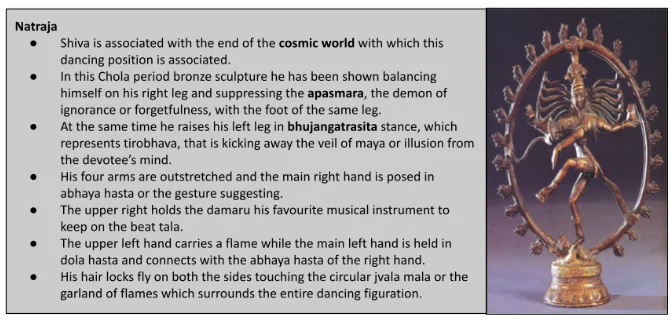![]() 20 Jun 2024
20 Jun 2024
Indian bronze sculpture is a revered art form, known for its exquisite craftsmanship and spiritual symbolism. Dating back centuries, these intricate creations showcase divine deities and mythological narratives with unparalleled skill.

Technique: Indian sculptors demonstrated mastery in bronze medium and the cire-perdu or ‘lost-wax’ casting process.
‘Dancing Girl’: From Mohenjodaro, dating back to 2500 BCE, is perhaps the earliest bronze sculpture, characterized by simplified tubular forms.
Akota Hoard: It established that bronze casting thrived in Gujarat or western India between the sixth and ninth centuries.

During the rule of the Pala Dynasty in Bihar and Bengal (ninth century), a school of bronze casting emerged in Buddhist centers like Nalanda.

Many standing Buddha images with the right hand in abhaya mudra were cast in North India, specifically Uttar Pradesh and Bihar, during the Gupta and Post-Gupta periods (fifth to seventh centuries).
The eighth to tenth centuries witnessed the production of bronze images of Buddhist deities and Hindu gods/goddesses in Himachal Pradesh and Kashmir.

Vakataka bronze images from Phophnar, Maharashtra, during the Gupta period, show Amaravati style influences with unique draping styles.

Chola Period: South India, especially during the Chola Period in Tamil Nadu (tenth to twelfth centuries), witnessed the creation of beautiful and exquisite bronze statues.

During the sixteenth century (Vijayanagar Period), sculptors experimented with portrait sculpture to preserve the likeness of royal patrons.


| Must Read | |
| Current Affairs | Editorial Analysis |
| Upsc Notes | Upsc Blogs |
| NCERT Notes | Free Main Answer Writing |
From the early mastery of bronze casting techniques, evident in the ‘Dancing Girl’ from Mohenjodaro, to the refined classical styles of Gupta and Post-Gupta periods in North India, the sculptures not only depict deities but also reflect the cultural nuances of their time.
<div class="new-fform">
</div>
